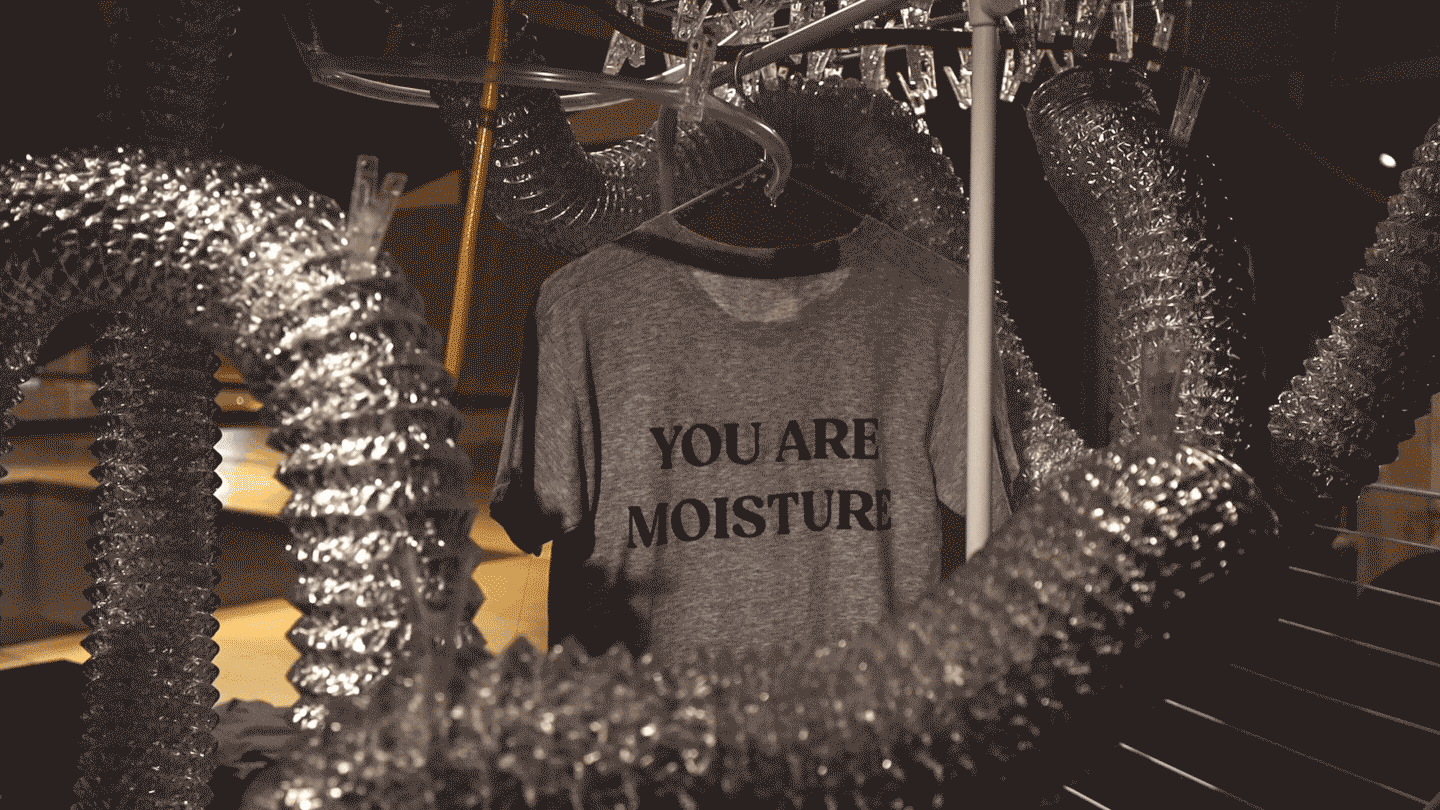Jonathan Hill, Immaterial Architecture (New York: Routledge, Taylor & Francis Group, 2006): 8, with thanks to Eliot Haworth, whose work on porosity and anthropod life at Couvent Sainte Marie de La Tourette first alerted me to this quote and text.
Nerea Calvillo, Aeropolis: Queering Air in Toxicpolluted Worlds (New York: Columbia Books on Architecture and the City, 2023): 24.
Elizabeth Shove emphasises that “people do not consume energy, water or gas. Instead, units of consumption and change relate to the specification and reproduction of normal conventions like those of comfort, copresence or cleanliness.” She thus argues that a transition to a more sustainable society does not only include cutting down energy use but also necessitates a deep understanding of the conditions of everyday life and how notions of safety, comfort, and cleanliness are constructed and reproduced. Elizabeth Shove, “Sustainability, System Innovation and the Laundry,” in System Innovation and the Transition to Sustainability: Theory, Evidence and Policy, ed. Boelie Elzen, Frank W. Geels, and Kenneth Green (Cheltenham, UK: Edward Elgar, 2004): 88; Calvillo writes “Sustainable techno fixes aim to ‘solve’ pollution problems through technology, leaving its social attachments and impacts unattended. While surely this kind of solutionism can temporarily alleviate local issues—crucial in contexts of lethal exposure—it often contributes to the problem” (Aeropolis, 27-28); see also Daniel A. Barber, Modern Architecture and Climate: Design before Air Conditioning (Princeton: Princeton University Press, 2020).
The death of toddler Awaab Ishak in 2020 was ruled by the coroner to be caused by chronic exposure to mold in his home and associated respiratory issues. “Awaab’s Law,” which would introduce strict time limits for repairs on landlords is currently undergoing consultation. George Lythgoe, and Rumeana Jahangir, “AWAAB’s Law: Rochdale Mouldy Homes Tenants ‘Told They Breathed Too Much,’” BBC News, January 14, 2024, see ➝.
feminist architecture collaborative, “The Incubator Incubator, the Administration of Leaky Bodies, and Other Labor Pains,” Harvard Design Magazine no. 46 (2018): 147-153.
Rosalie Menon and Colin Porteous, “Design Guide: Healthy Low Energy Home Laundering” (Mackintosh Environmental Architecture Research Unit, 2011).
Menon and Porteous, “Design Guide.”
"Baths and washhouses,” UK Parliament, see ➝.
For more about launderettes, see Edwina Attlee, Strayed Homes: Cultural Histories of the Domestic in Public (London: Bloomsbury Visual Arts, 2022).
More on the 1976 closure of laundry and drying rooms and the urban washing line can be found in Marianna Janowicz, “Where There Is Life, There Is Laundry: The urbanism of the washing line,” Islands, ed. George Kafka and Lila Boschet (London: Design Museum, 2023): 44-50. See ➝.
Dianne Harris, Little White Houses: How the Postwar Home Constructed Race in America (Minneapolis: University of Minnesota Press, 2013).
Though this is illegal in many states. See ➝.
David Roberts, “Make Public: Performing Public Housing in Erno Goldfinger’s Balfron Tower,” The Journal of Architecture 22, no. 1 (2 January 2017): 123-50.
Olly Wainwright, “‘The Council Tenants Weren’t Going to Be Allowed Back’: How Britain’s ‘ugliest Building’ Was Gentrified,” The Guardian, July 26, 2022, see ➝.
Barber, Modern Architecture and Climate.
Indoor air pollution is reported to be 3.5 times as high as air pollution outside. “Indoor Air Pollution 3.5 Times Worse than Outdoor Air Pollution,” Global Action Plan, ➝; Peter Sloterdijk and Daniela Fabricius, “Cell Block, Egospheres, Self-Container,” Log no. 10 (2007): 89-108.
Rachael Wakefield-Rann, Dena Fam, and Susan Stewart, “Routine Exposure: Social Practices and Environmental Health Risks in the Home,” Social Theory & Health 18, no. 4 (December 2020): 299-316.
Jennifer Polland, “Singapore’s New Public Housing Project Looks a Lot like a Luxury Condo,” Business Insider, April 3, 2013. See ➝.
Emma Pask, “Becoming a Leak” The New Inquiry, May 30, 2017, see ➝.
For more on laundry’s close association to the sexual female body and related spatial marginalisation, see Diane Ghirardo, "Women and Space in a Renaissance Italian City,” in Intersections: Architectural Histories and Critical Theories, ed. Iain Borden and Jane Rendell (London: Routledge, 2000). See also Aritha Van Herk, “Cleansing Dislocation: To Make Life, Do Laundry,” in The Domestic Space Reader, ed. Kathy Mezei and Chiara Briganti (Toronto : University of Toronto Press, 2012), 194–187.
